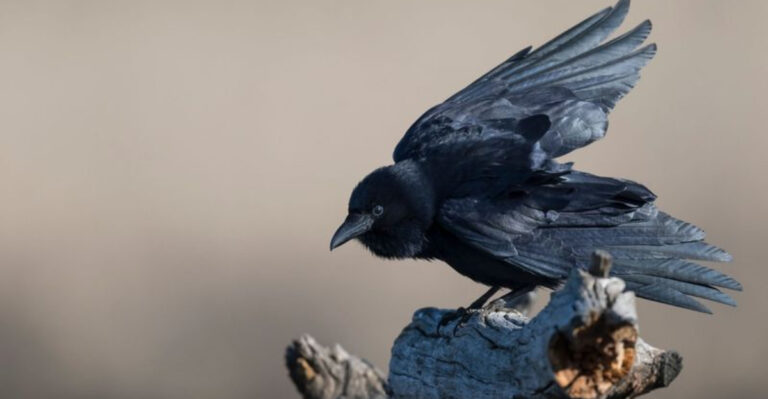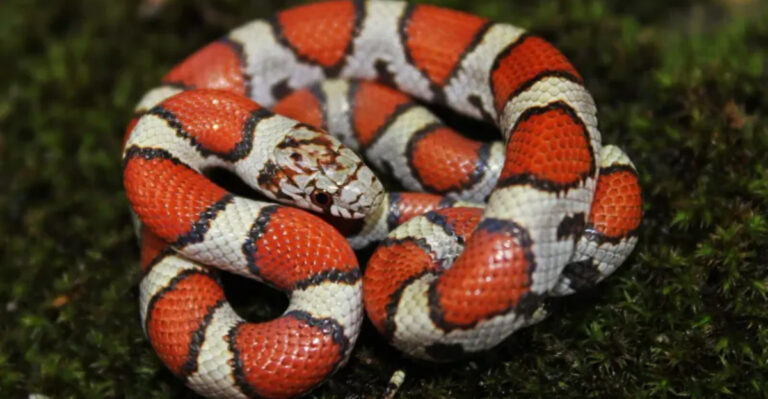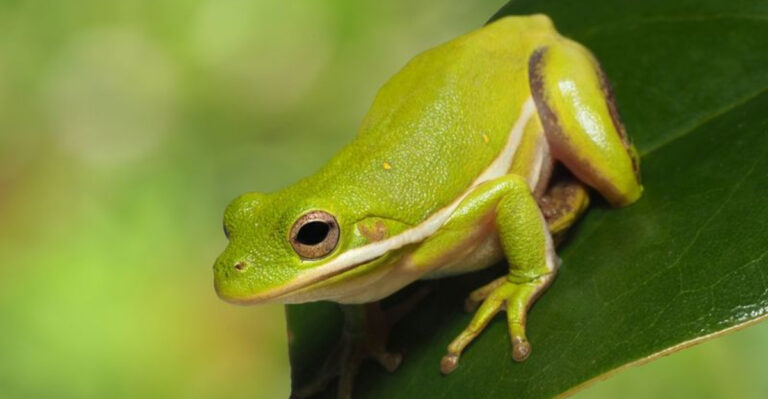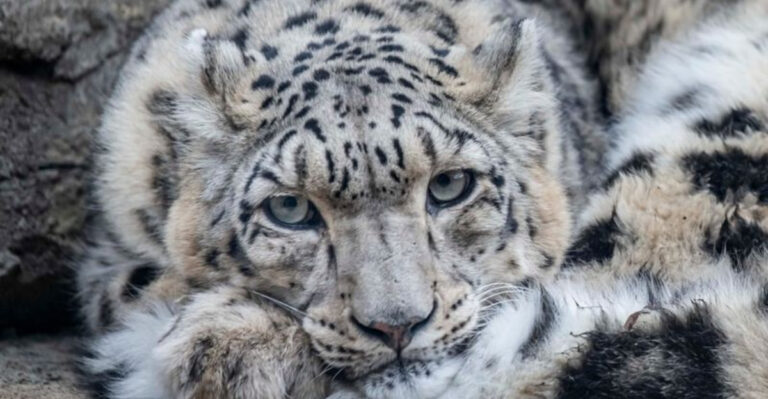12 Invasive Species Endangering America’s Wildlife
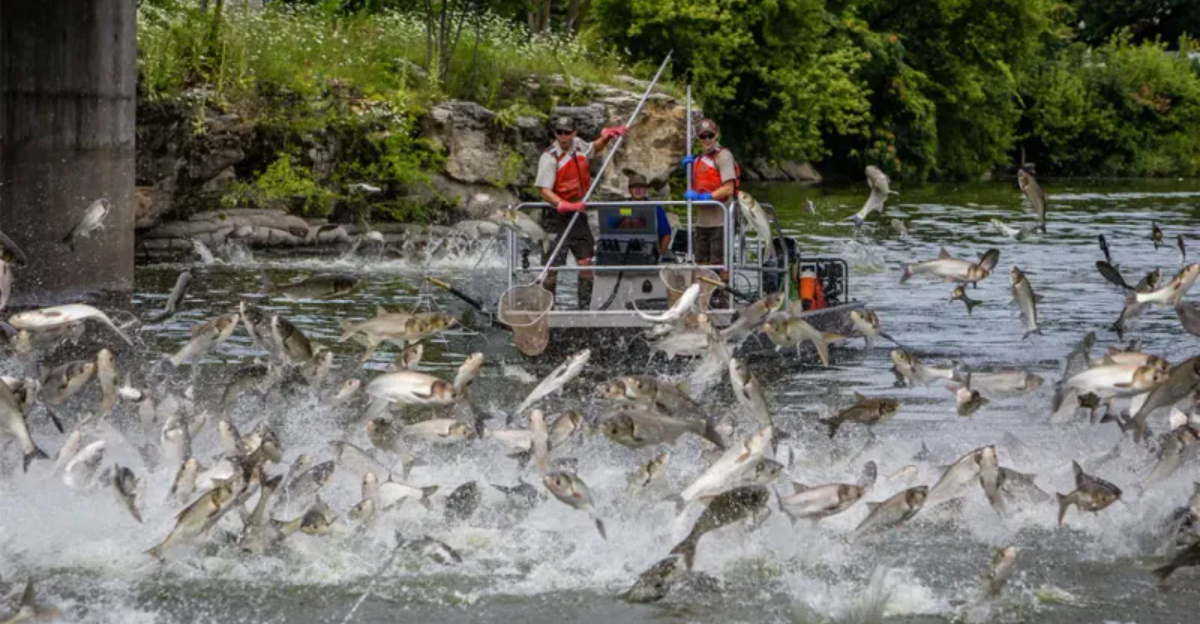
Across America’s diverse landscapes, uninvited guests are wreaking havoc on our native ecosystems. These invasive species – plants and animals introduced from other regions – outcompete native wildlife, destroy habitats, and upset nature’s delicate balance.
The damage costs billions annually while pushing some native species toward extinction. Let’s explore twelve of the worst offenders that threaten America’s natural heritage.
1. Burmese Python: Florida’s Slithering Nightmare
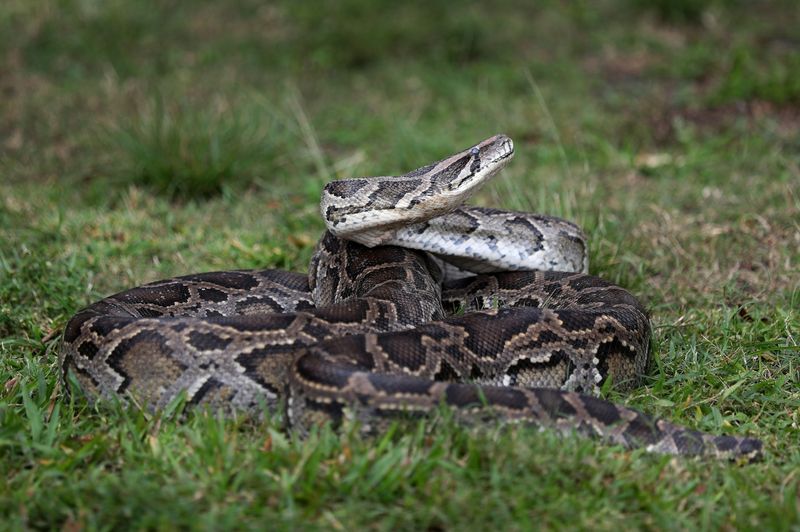
Released by irresponsible pet owners, these massive constrictors have established a breeding population in the Florida Everglades. Growing up to 20 feet long and weighing 200 pounds, they’re apex predators with few natural enemies in their adopted home.
The pythons’ appetite seems limitless. Research shows mammal populations have plummeted by over 90% in some areas of the Everglades since their arrival. Raccoons, opossums, and even alligators fall prey to these powerful snakes.
Florida now hosts python hunting contests with cash prizes to combat the invasion. Despite these efforts, biologists estimate tens of thousands still lurk in the swamps, continuing their devastating impact on this unique ecosystem.
2. Emerald Ash Borer: The Tree Killer
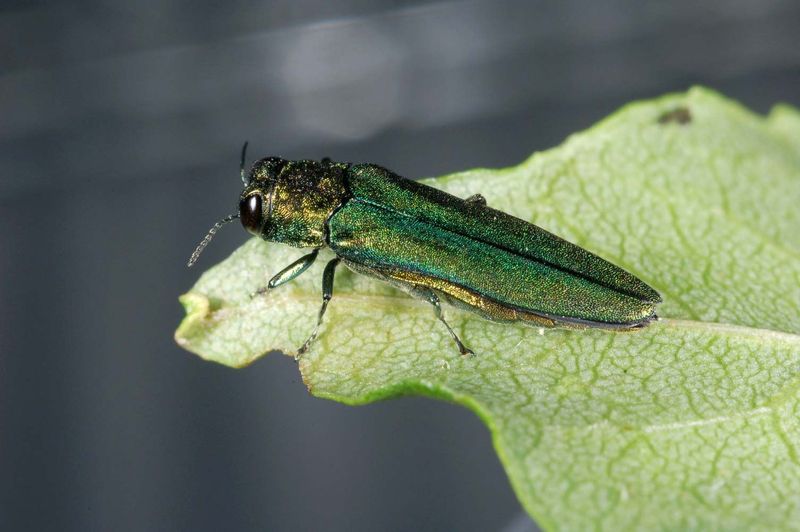
First spotted in Michigan in 2002, this metallic green beetle from Asia has become a forest assassin. Its larvae tunnel beneath ash tree bark, creating squiggly patterns while cutting off the tree’s water and nutrient flow – essentially strangling it from the inside.
The devastation is staggering. Over 40 million ash trees have been killed across 35 states, changing forest composition and eliminating habitat for native wildlife. Streets once lined with shade-giving ash trees now stand barren.
Moving just a few pieces of infested firewood can spread this pest to new areas. While some biological controls show promise, many forests have already lost 99% of their ash trees, with billions more threatened.
3. Zebra Mussels: Tiny Shells, Massive Problems
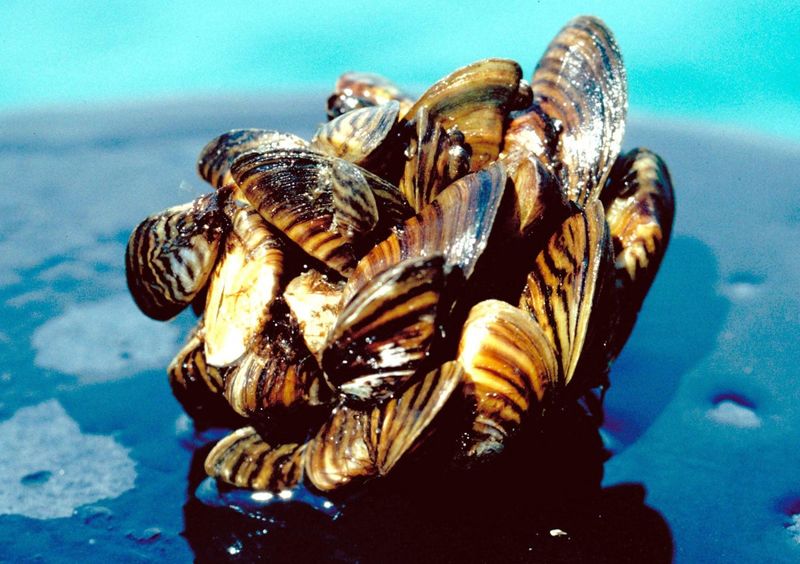
No bigger than a fingernail, these striped invaders from Eastern Europe arrived in ship ballast water in the 1980s. They’ve since colonized most major waterways east of the Mississippi, forming dense clusters of up to 700,000 mussels per square meter – literally carpeting lake bottoms and river beds.
Their filtering feeding changes water chemistry and clarity, altering entire aquatic ecosystems. Native mussels get smothered. Water intake pipes for cities get clogged, causing billions in damage to infrastructure and boats.
Each female produces up to one million eggs annually, making containment nearly impossible. They spread by hitching rides on boats moved between waterways, which is why thorough cleaning of watercraft has become essential in affected regions.
4. Feral Hogs: Destructive Rooters Reshaping the Land
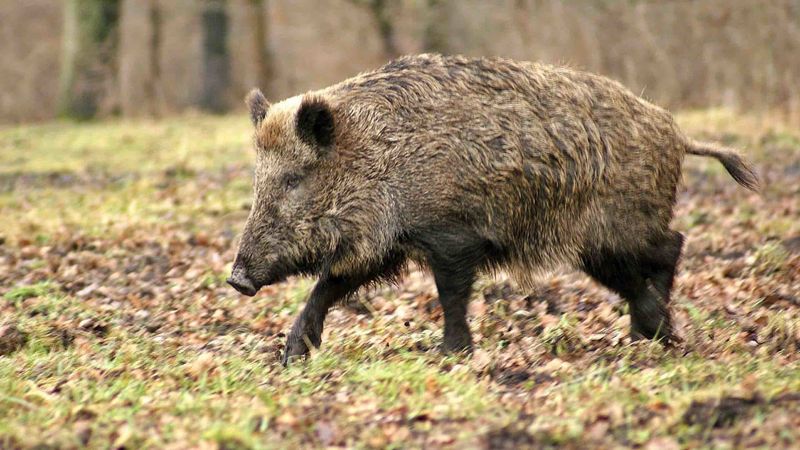
Descendants of escaped domestic pigs and introduced European wild boars, these intelligent omnivores now run wild across at least 35 states. Their population exceeds 6 million and continues to grow rapidly – a single sow can produce up to 12 piglets twice yearly.
Armed with powerful snouts, they plow through soil like living rototillers, destroying native vegetation and crops while creating erosion problems. Their diet includes ground-nesting birds, reptiles, amphibians, and even deer fawns.
Beyond ecological damage, they spread diseases to wildlife, livestock and potentially humans. Control efforts cost over $1.5 billion annually, yet the population continues expanding its range northward, partly aided by climate change reducing winter mortality.
5. Lionfish: Beautiful Predators Decimating Coral Reefs
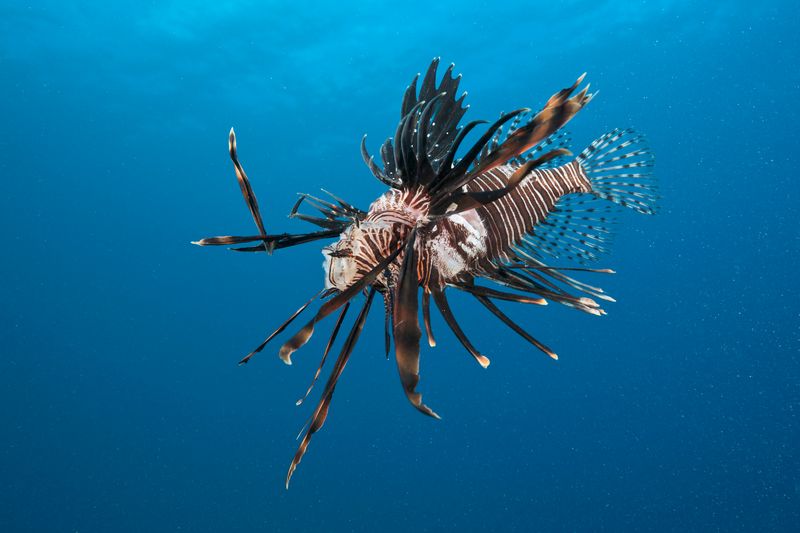
With striking red and white stripes and fan-like fins, lionfish might look magnificent in home aquariums, but they’ve become marine monsters along the Atlantic coast and Caribbean. Native to the Indo-Pacific, they were likely released by aquarium owners starting in the 1980s.
Their venomous spines deter predators, while their voracious appetites – consuming over 50 species of native fish – have reduced some reef fish populations by 80%. A single female releases up to 30,000 eggs every few days, allowing rapid population growth.
The invasion has reached crisis levels in Florida and the Caribbean. One solution? Eating them! Lionfish meat is delicious, and fishing derbies now target these invaders, though complete eradication seems unlikely given their deep-water habitats.
6. European Green Crab
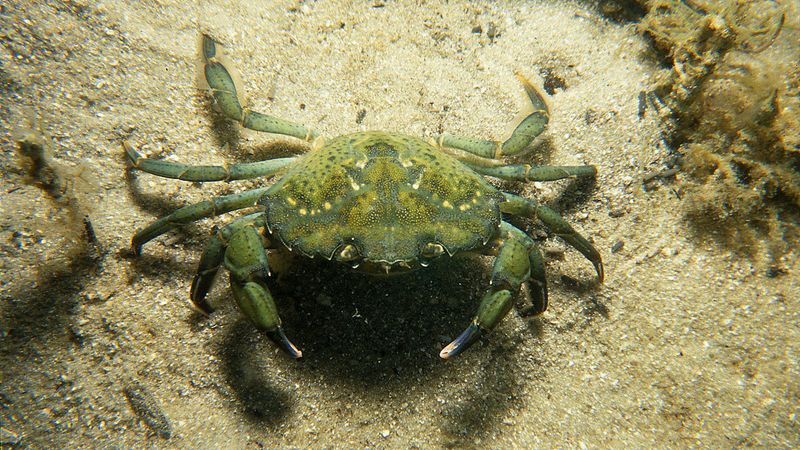
The European Green Crab, though small, has an outsized impact on marine ecosystems. This invader feasts on native shellfish, causing a ripple effect through the food chain.
Its voracious appetite for clams, mussels, and young oysters threatens the livelihoods of fishermen and the balance of marine life.
These crabs can survive in a variety of harsh conditions, allowing them to spread rapidly along the coastline.
Their presence often leads to the decline of native crab species, tipping the ecological balance. The battle against this relentless crustacean is ongoing, with various methods employed to curb its numbers.
7. Northern Snakehead: The Fish That Walks on Land

First discovered in a Maryland pond in 2002, this toothy predator from Asia caused immediate panic. With its ability to breathe air and wriggle across land to reach new waters, the snakehead seemed like a monster from a science fiction movie.
Growing up to three feet long, these aggressive fish consume native fish, frogs, and even small mammals. Their predatory nature and parental protection of young (unusual among fish) help them quickly establish in new habitats. They’ve now spread to at least 15 states.
Maryland’s initial response? Poison the pond where they were found. Today, fishing regulations encourage catching and killing snakeheads, with some restaurants featuring them on menus. Their firm, white flesh has gained popularity, creating a small silver lining to this invasive crisis.
8. Spotted Lanternfly: The Colorful Plant Vampire
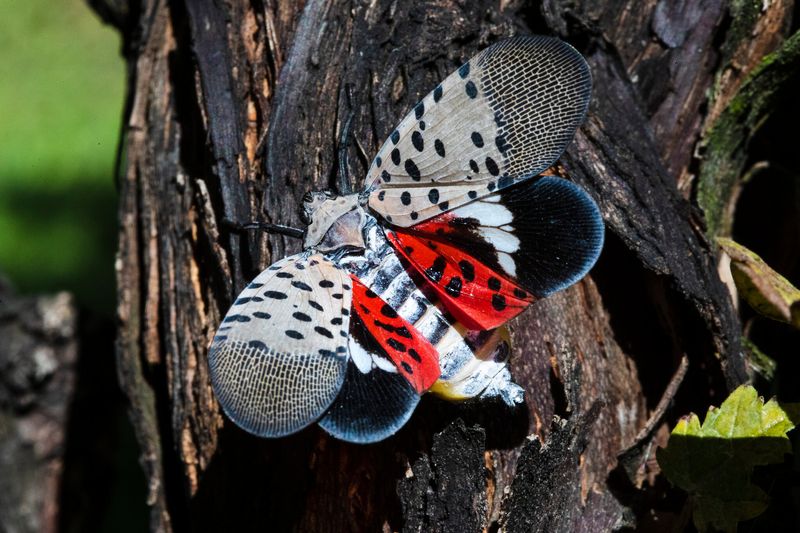
First detected in Pennsylvania in 2014, this striking insect with spotted wings and a bright red underwing has spread rapidly across eastern states. Native to China, it likely arrived in a stone shipment, bringing with it an appetite for over 70 plant species.
The lanternfly doesn’t chew plants – it pierces them with a straw-like mouth and sucks sap, weakening trees and crops. Its favorite host is the invasive Tree of Heaven, but it readily attacks fruit trees, hardwoods, and grapevines, threatening billions in agricultural production.
As they feed, lanternflies excrete a sticky substance called honeydew that promotes black sooty mold growth, further damaging plants. States have established quarantine zones, and citizens are encouraged to report and squash these colorful invaders on sight.
9. European Starling: Shakespeare’s Avian Legacy
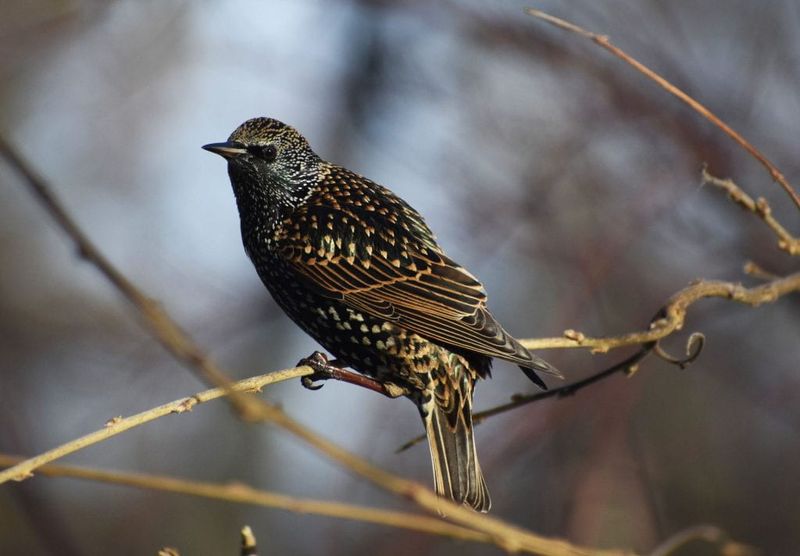
The European starling invasion began with just 100 birds released in New York’s Central Park in 1890 by Shakespeare enthusiasts wanting to introduce all birds mentioned in his works. From this small start, over 200 million starlings now inhabit North America, forming massive, swirling flocks that darken the sky.
These aggressive birds outcompete native cavity-nesters like bluebirds and woodpeckers for nesting sites. Their massive winter roosts create noise and waste problems in urban areas. Agricultural damage from their feeding habits costs over $800 million annually.
Beyond ecological impacts, starling flocks have caused airplane crashes by getting sucked into engines. Despite extensive control efforts, they remain one of America’s most successful and damaging invasive species – all because of literary enthusiasm gone wrong.
10. Red Imported Fire Ants: Tiny Terrors with Painful Stings
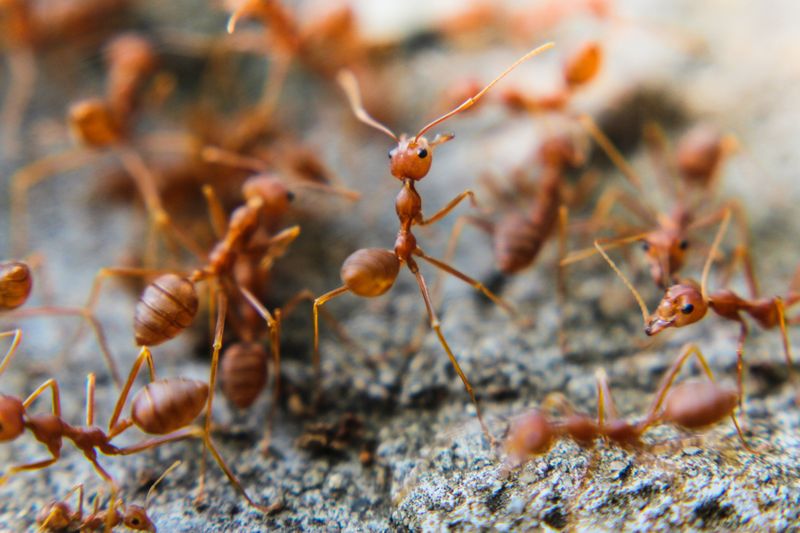
Accidentally imported from South America in the 1930s through the port of Mobile, Alabama, these aggressive ants have spread across the southern United States. Their painful stings – which feel like being burned with fire – give them their name and make them a nightmare for outdoor activities.
A single colony can contain up to 250,000 workers that attack en masse when disturbed. Beyond human impacts, they reduce populations of ground-nesting birds, reptiles, and small mammals. Their mounds damage farm equipment and electrical equipment, causing over $6 billion in annual economic impact.
Native ant species get displaced as fire ants dominate resources. Control methods include baits and biological controls, but complete eradication seems impossible now that they’ve established across more than 300 million acres.
11. Asian Giant Hornets: The Murder Hornet Threat
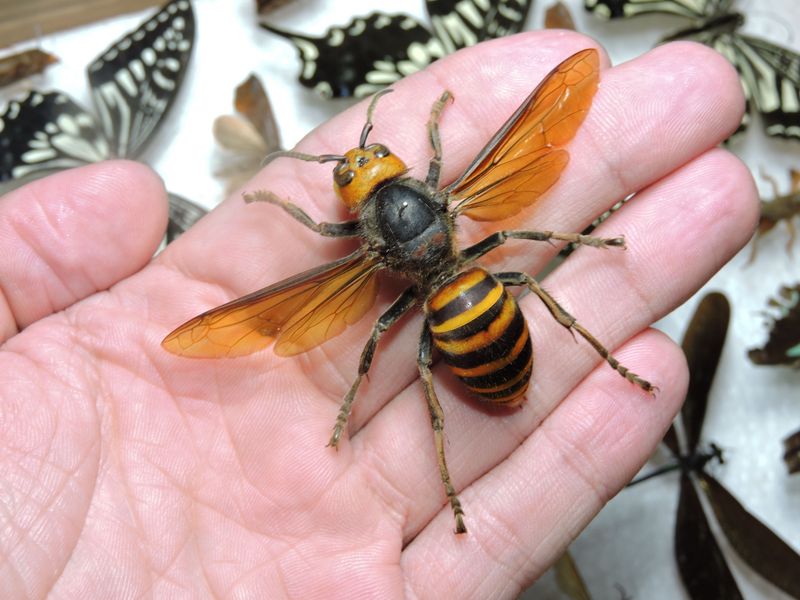
Making headlines in 2020 when discovered in Washington state, these enormous hornets from Asia earned the dramatic nickname “murder hornets” from their habit of mass-attacking honeybee colonies. At up to two inches long with a quarter-inch stinger, they’re the world’s largest hornets.
A small group can slaughter an entire honeybee hive in hours, decapitating bees and carrying off bee larvae to feed their young. Native North American bees lack the defensive tactics of Asian bees, making them especially vulnerable to this new predator.
While human deaths are rare, their painful sting delivers powerful neurotoxins. Eradication efforts involve tracking hornets back to their nests – often hidden in forested areas – and destroying them before they establish permanent populations that could devastate already struggling bee populations.
12. Asian Carp: The Flying Fish Menace
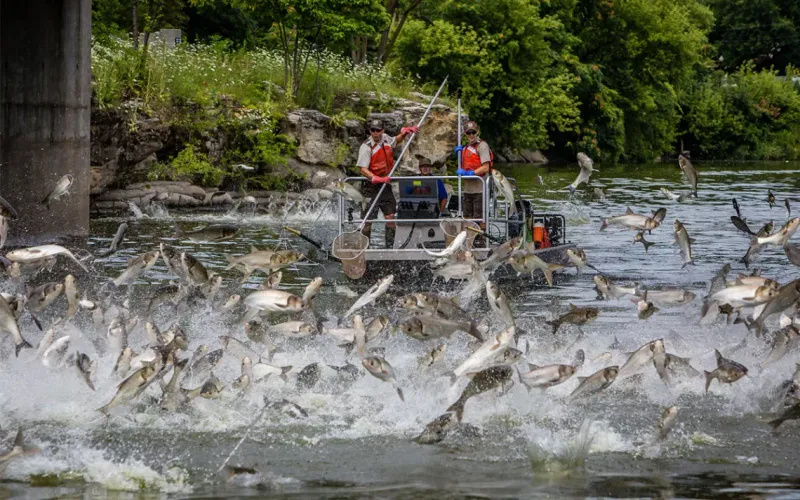
Silver carp leap from the water like missiles when startled by boat motors, sometimes injuring boaters. Introduced to control algae in aquaculture facilities during the 1970s, these hungry fish escaped into the Mississippi River system during floods.
Growing up to 100 pounds, Asian carp consume up to 40% of their body weight daily in plankton, starving native fish of essential food. Their explosive population growth has transformed entire river ecosystems.
Scientists fear these aquatic invaders reaching the Great Lakes, where they could devastate the $7 billion fishing industry. Electric barriers and other control methods have been deployed, but complete eradication seems impossible now.



